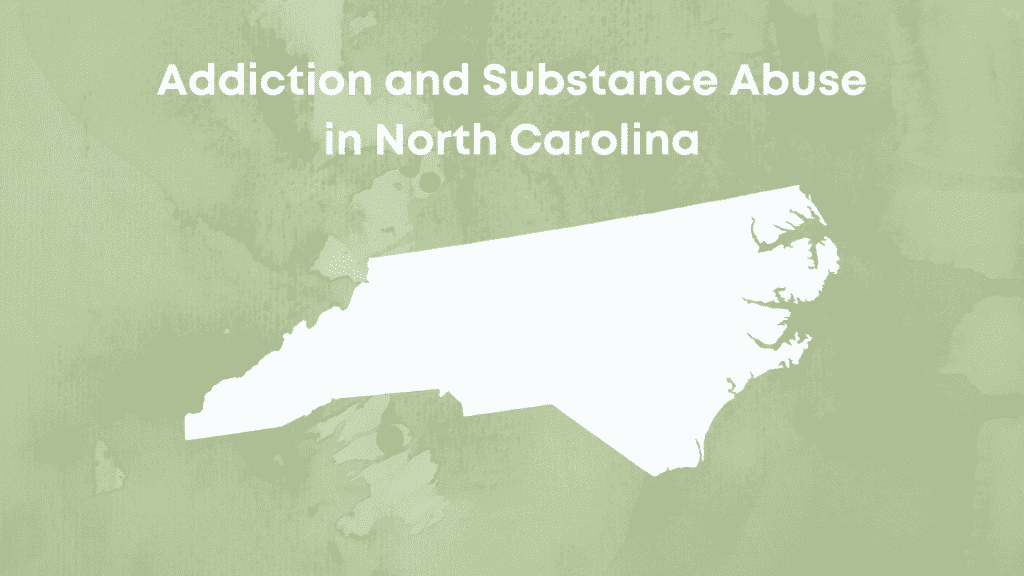
North Carolina Addiction And Abuse
Like many other US states, North Carolina is battling growing substance abuse and addiction rates. A study released in 2017 placed North Carolina in the 20th spot in their list of States with the Biggest Drug Problems. The study used data from the U.S. Census, CDC, SAHMSA, and the FBI and used metrics such as arrest rates, overdose rates, meth-lab seizures, and opioid prescriptions per capita. Currently the two substances of greatest concern are opioids and methamphetamine.
Opioid Crisis in North Carolina
Each day, 128 Americans die of an opioid overdose, which includes both prescription and illicit opioids. In 2018 alone, 67,367 people died of an opioid overdose. North Carolina is no stranger to the opioid crisis, having seen numbers grow dramatically since 2014, as depicted in the graph below.
Part of this problem comes from prescription opioids of which in 2018, North Carolina doctors wrote 61.5 prescriptions per 100 people compared to the national rate of 51.4.
Prescription opioids are so addictive that they further drive illicit opioid use, as when their prescription runs out or they are no longer eligible for prescription opioids, users turn to the streets to get their fix. However, street prices of prescription opioids are very high, making other sources such as heroin much more affordable options by comparison. With heroin addiction, IV drug use becomes more common. This leads to growing infection rates of HIV and Hepatitis in areas of high heroin usage which is currently the case in NC hotspots.
Related Articles: How Prescription Opioids Lead to Heroin Addiction and Health Effects of Heroin Addiction
Methamphetamine Use in North Carolina
Meth use is rising across the United States. According to the CDC, deaths from stimulants – primarily Meth– increased 250% from 2005 to 2015. Law enforcement in North Carolina warn that meth is an ongoing, increasing problem. The drug has largely replaced crack cocaine in the state’s western communities. This is likely because meth is increasingly available, less expensive, and has longer-lasting results.
Authorities in North Carolina have busted over 1130 clandestine meth labs in the state. They have found labs in places such as office buildings, private residences, apartments, hotels, and even out in fields and forests. However, compared to some states which bust up to 2000 labs per year, North Carolina is not considered a major producer. Authorities state that the majority of the meth distributed in the state is coming from Atlanta. Meth use is linked to various public health concerns including STDs and MRSA.
Alcohol Abuse in North Carolina
As Opioid and Methamphetamine rates grow, they garner the majority of attention when discussing substance abuse rates today. However, issues like alcohol dependency and marijuana abuse are still problems that are wreaking havoc on thousands of lives each year.
Estimates suggest nearly half a million people in North Carolina have an alcohol addiction or alcohol abuse problem. Excessive alcohol use is the third leading cause of preventable death in the state. And, in 2017, 26% of traffic fatalities were alcohol-related.
Getting Help
Whatever substance you may be struggling with, whether listed here or not, help is available. Harmony Recovery Group operate two supportive, welcoming facilities in the Charlotte, North Carolina area. If you or a loved one are looking for advice or would like to explore treatment options, call us today. We’re here to help.
Sources
https://www.cdc.gov/drugoverdose/deaths/index.html